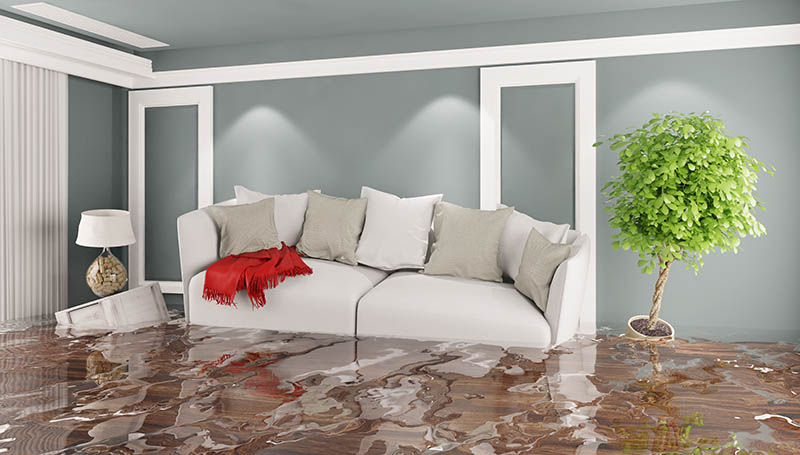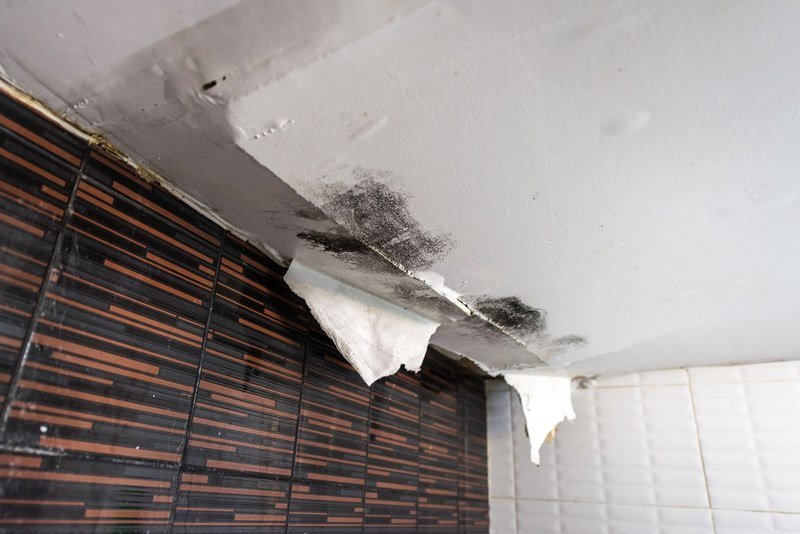Identify the Six Most Water Leak Causes Within Your House
Identify the Six Most Water Leak Causes Within Your House
Blog Article
What're your beliefs on Most Common Causes of Leaky Pipes?

Leaks not only trigger waste of water but can likewise create unnecessary damages to your house as well as advertise undesirable organic development. Water leakages may go undetected given that most of the pipework in our residence is concealed. By looking and also comprehending for daily situations that trigger leakages, you can safeguard your home from future leakages as well as unneeded damages. Today, we will take a look at 6 leak causes that may be causing your pipes to drip.
Encroaching roots
Most water leakages start outside the house rather than inside it. If you notice an abrupt decrease in water stress, state in your faucet, require time to go out and also examine your backyard. You may see damp patches or sinkholes in your backyard, and that could suggest that tree origins are getting into water lines creating water to leak out. You can have your plumber look for intrusion, especially if you have trees or bushes near your building.
Rusty water supply
As time passes by, your plumbing system ages as well as deterioration such as corrosion may begin gnawing the pipelines. This might be the reason for discoloration or bending on your water pipes. This asks for an assessment with your plumber promptly. Think about replacing the pipes since they are at a higher danger of rust than the more recent versions if our plumbing system is old.
Faulty Pipeline Joints
The factor at which your pipes connect is frequently the weakest link in the waterline. Pipeline joints can deteriorate in time, leading to water leaks. The majority of pipe joints are not conveniently noticeable. If you have loud pipes that make ticking or banging noises, specifically when the hot water is switched on, your pipeline joints are probably under a great deal of stress. It is a good idea to have your plumber evaluate your system once a year.
Instant temperature level changes.
Extreme temperature level modifications in our pipelines can cause them to increase as well as contract suddenly. This expansion and contraction may create cracks in the pipes, specifically if the temperature level are listed below freezing.
Poor Water Connectors
At times, a leakage can be brought on by loose hose pipes as well as pipes that supply your devices. Most of the time, changing is what causes the loosened water Links. You might discover when it comes to a cleaning machine, a pipe might spring a leakage as a result of shaking throughout the spin cycle. In case of a water links leakage, you may discover water running straight from the supply line or pools around your devices.
Obstructed Drains
Clogged drains pipes may be aggravating and inconveniencing, but they can sometimes end up causing an overflow leading to burst pipes. Keep eliminating any kind of materials that might go down your drains pipes that might clog them to avoid such inconveniences.
All the above are sources of leaks but not all water leakages arise from plumbing leaks; some leakages may originate from roofing leakages. All leakages should be repaired promptly to stay clear of water damage.
Leaks not just trigger waste of water but can also trigger unnecessary damages to your house and promote undesirable organic growth. By understanding and looking for everyday circumstances that create leakages, you can safeguard your house from future leakages and also unnecessary damages. Today, we will look at six leakage creates that might be triggering your pipelines to drip.
At times, a leakage can be caused by loosened hoses and also pipes that supply your appliances. In situation of a water connections leakage, you may discover water running straight from the supply line or pools around your devices.
Tell-Tale Signs of a Water Leak
The Sound of Running Water
If you’re hearing water running, your first step should be to check your faucets, toilet valves, and outdoor spigots. If everything if status quo, take an exact reading of your water meter and don’t use the water for a few hours. Then, take another meter reading. If there has been no change, that means water is not running (and maybe it’s time to have your hearing checked!). If the reading has changed, however, this indicates that water is indeed flowing and you most likely have a leak.
Wet or Damp Floors
You’re walking across your carpet and suddenly squish—your sock is soaked! The dog doesn’t look guilty and your child swears they didn’t spill anything. That means you’re likely looking at sewer leakage. Now, it’s easy to just soak it up with a towel and call it a day; however, this won’t stop the leak. Ignoring the problem allows moisture to build up, ultimately causing mold or mildew. Not only is this smelly, it can be very toxic and harmful to children, the elderly, pets, and those with weak immune systems. Don’t risk the health of your home and your family—call in a professional to take care of the problem.
Foul Odors
If there’s an unpleasant smell in your home and you can’t locate the source, don’t just light a candle or spray some Febreze. Funky smells are often due to mold and mildew, which spread fast under ideal conditions (optimal temperature and level of humidity). Growth begins within about 24-48 hours, and spores start to colonize in 3-12 days, becoming visible to the eye within about 18 days. If you think the odor is leak-related, get a plumber out as soon as possible to mitigate damage from rapid fungi growth (and rid your home of the foul odor).
Overgrowth in the Lawn
Unless you didn’t fertilize your lawn evenly, a lush patch of grass in a select area of your lawn, or concentrated wet spots, indicate pipe leakage which is acting as a fertilizer. Left untreated, hazardous bacteria in the underground waste will quickly turn into a messy situation, going from lush growth to lawn destruction.
Wall Cracks
Over time, even the littlest of leaks can cause cracks in the foundation of your home and compromise the entire structure. How does it happen? The leak continues hammering away at the same spot in the ground beneath your home, eventually causing it to shift slightly. Now, you’d never feel this shift, but your walls will. This can be a very dangerous situation, so if you’re seeing vertical or diagonal cracking in your walls it’s best to call a plumber right away.
https://www.expresssewer.com/blog/6-telltale-signs-of-a-water-leak-in-your-home

We were shown that editorial on How to Find Water Leaks through someone on another web property. Sharing is good. Helping others is fun. Thank you so much for taking the time to read it.
No more stress, ring now. Report this page